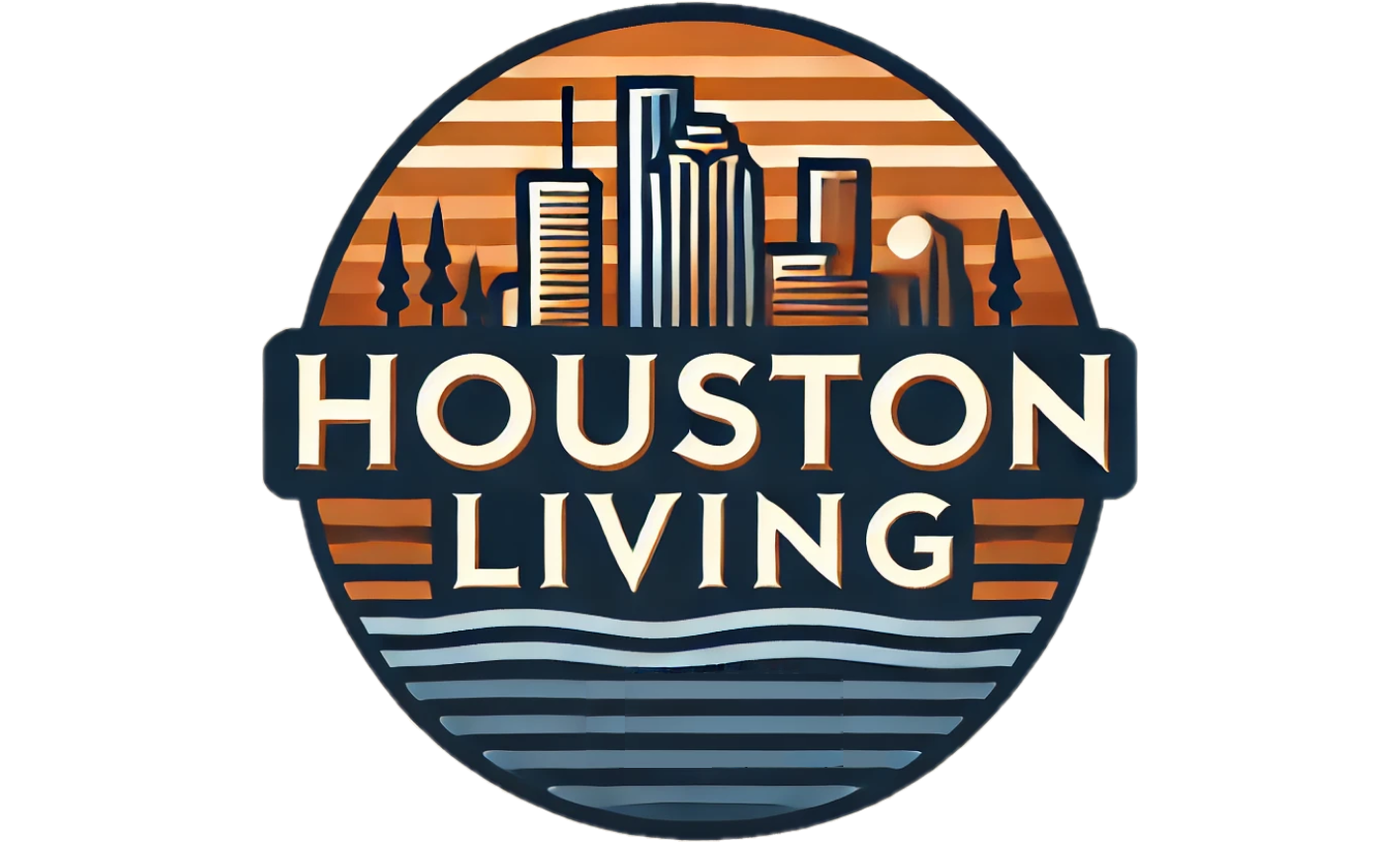
Unpacking the Global Movement for Child Euthanasia
The ongoing debate around assisted suicide, particularly regarding its implications for younger demographics, has resurfaced with renewed vigor. Following the expansion of euthanasia laws in the Netherlands and Belgium to include terminally ill minors, advocates on both sides are ardently presenting their cases. Advocates argue that empowering children who suffer unbearably is compassionate, while opponents like the Schouten family argue it undermines the sanctity of life.
Historical Context: Euthanasia Legislation in Europe
Since Belgium first legalized euthanasia in 2002, the continent has seen significant shifts in public and governmental attitudes toward assisted suicide. The latest developments come following years of debate and legislative adjustments in both Belgium and the Netherlands. In Belgium, the lifting of any age restrictions for terminally ill children was a landmark decision that raised profound ethical questions. As a result, these nations have become case studies for other regions that deliberate their own laws toward assisted suicide.
Legal Frameworks: Understanding the Different Laws by Country
In the Netherlands, euthanasia has been available for minors over the age of 12, with stipulations of parental consent and unbearable suffering. Belgium followed suit and expanded its law to include minors of any age as of 2014. The laws in each country require rigorous proof of the child's suffering and the necessity of their decision. Critics emphasize that such measures may inadvertently pressure vulnerable children, rather than truly providing them the autonomy they need.
The Human Element: A Glimpse into Real Cases
Take the poignant story of Markus Schouten, a Canadian teen who, despite his terminal illness, advocated against the legalization of euthanasia for minors. His struggle underscores a crucial aspect of this debate: the lived experience of young individuals facing tremendous hardship. The Schouten family's efforts highlight a larger movement fighting against what they perceive to be exploitation masked as compassion.
The Role of Advocates and Lobbying
Global initiatives are at play, with organized movements working tirelessly to shift both public opinion and legislative policies. A powerful lobby for assisted suicide composed of pro-euthanasia advocates is actively promoting the concept of 'death with dignity’ for minors, creating a stark divide between advocacy for vulnerable children's rights and the push for their autonomy in making life-altering decisions.
Diverse Perspectives: Opposition and Support
The ongoing discussions are peppered with contrasting opinions. Supporters cite compassion and personal choice, while detractors warn about potential abuses in decision-making, especially among children under duress. There’s a consensus on the need for serious reflection on ethical frameworks before drawing any conclusions. As Dr. Jutte van der Werff ten Bosch from Brussels University Hospital suggests, while providing dignity in death for terminally ill children might be ideal in theory, it requires an incredibly nuanced understanding of what children are capable of understanding about life and death.
Future Predictions: The Road Ahead for Euthanasia Laws
As countries worldwide consider their stance on euthanasia, it is essential that any legislative strides remain rooted in the welfare of society’s most vulnerable populations. The examination of practices in countries like Canada, Belgium, and the Netherlands offers potential pathways, yet they also serve as cautionary tales about the societal responsibilities that come with such monumental choices. With advocacy groups and public sentiment swaying in various directions, the future of child euthanasia continues to hang in a delicate balance.
Conclusion: A Call to Engage in the Conversation
The discussion surrounding assisted suicide, particularly for minors, raises complex ethical questions that cannot be overlooked. As parents, caregivers, and policymakers consider these laws, it’s vital to engage in a balanced conversation that addresses the rights of the injured, the wishes of the afflicted, and the responsibilities we owe to present and future generations. To better understand the implications of these movements and to ensure all voices, particularly those of vulnerable children, are heard, community discussions and dialogues are urgently needed.
 Add Element
Add Element  Add Row
Add Row 



Write A Comment